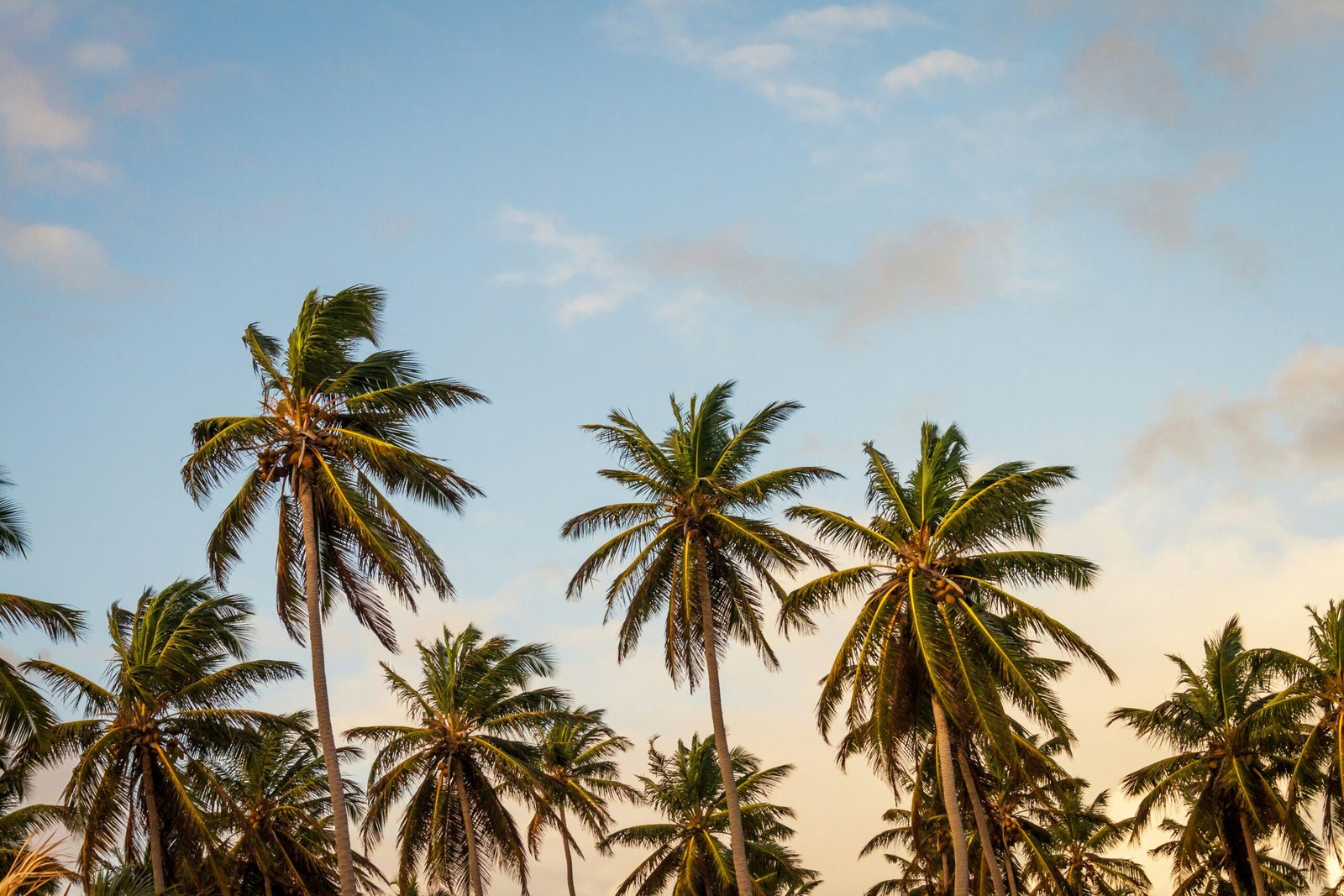Palms are synonymous with Florida’s identity. From the natural wetlands of the Everglades to the cultivated medians of Miami Beach, palms are both symbolic and functional elements in the region’s landscape. However, not all palms are equally suited to the environmental demands of Florida’s ecosystems and urban areas. When ecological value, hardiness, and low maintenance are priorities, Florida native palms offer landscape professionals reliable solutions without sacrificing aesthetic appeal.
Native palms are adapted to the subtropical and tropical conditions that define much of the state. These species have evolved over centuries to tolerate Florida’s temperature ranges, seasonal rainfall, sandy soils, and salt exposure. Selecting native palms for residential, commercial, and municipal projects ensures better plant performance, reduced irrigation demands, and stronger support for local wildlife—all while preserving the natural character of the region.
The ecological and structural value of native palms
Florida native palms are more than ornamental additions to a landscape. They serve critical ecological functions, especially in urban and coastal zones where native vegetation is under pressure. Palms like the Sabal palmetto (Cabbage Palm) and Serenoa repens (Saw Palmetto) contribute to habitat creation, soil stabilization, and storm resilience. Their structural qualities also make them uniquely suited for harsh environments where other trees may fail to establish.
Unlike many exotic palm species, Florida natives require minimal inputs once established. They are accustomed to nutrient-poor soils and can thrive in areas with limited irrigation. For public projects, this translates into lower long-term maintenance costs, reduced water consumption, and fewer issues with pests or diseases.
Native palms also enhance biodiversity. Their fruits provide food for birds and mammals, while the trunks and fronds support insects and nesting birds. In restoration zones or conservation-minded developments, the inclusion of native palms directly contributes to wildlife corridors and ecological resilience.
From a design standpoint, native palms offer texture, height variation, and movement that enhance both tropical and minimalist themes. Their architectural forms complement modern hardscapes and soft, natural environments alike. Whether used as vertical accents, understory masses, or border plantings, native palms lend authenticity and longevity to the Florida landscape.
Essential Florida native palms for landscape professionals
TreeWorld Wholesale offers several Florida native palms ideal for use in high-performance, low-maintenance designs. Below are five of the most versatile and widely recommended:
Sabal palmetto (Cabbage Palm)
As Florida’s state tree, Sabal palmetto is iconic. It is widely used in both naturalized and formal landscapes due to its hardiness and adaptability. Growing up to 60 feet, it features a stout trunk and a canopy of fan-shaped fronds. This species tolerates flooding, drought, and salt exposure, making it ideal for coastal projects and public infrastructure. It is also hurricane-resistant and can survive without supplemental water once established.
Serenoa repens (Saw Palmetto)
Low-growing and densely clumping, Serenoa repens is perfect for groundcover, foundation planting, or naturalistic gardens. It reaches 4 to 10 feet in height and width and thrives in sandy or rocky soils. It’s extremely drought-tolerant and provides excellent habitat for pollinators and wildlife. Its silvery-green cultivar variant is particularly striking when used in modern designs that value foliage contrast.
Thrinax radiata (Florida Thatch Palm)
The Thrinax radiata is a slow-growing, single-trunk palm reaching 15 to 20 feet. It has a compact, symmetrical canopy of palmate fronds and performs well in both sun and partial shade. This palm is highly salt-tolerant, making it a favorite for beachfront and marine-adjacent landscapes. Its modest size and tidy form also suit small courtyards and residential gardens.
Acoelorrhaphe wrightii (Paurotis Palm)
This native palm grows in clumps and can reach 20 to 25 feet in height. It prefers moist environments and is often found in hammocks and swamp edges. In the landscape, Acoelorrhaphe wrightii adds a tropical, textural effect, especially when planted in masses. It is useful for screening and border planting and supports wildlife with its dense foliage and fruiting habit.
Coccothrinax argentata (Silver Palm)
The Coccothrinax argentata is a striking, slow-growing palm reaching 15 to 25 feet, best known for the silvery underside of its fan-shaped fronds. This palm is native to South Florida and the Keys, performing exceptionally well in dry, rocky, or sandy soils. Its compact size and unique coloring make it a standout in xeriscapes, modern gardens, and high-end residential designs.
Each of these palms, when sourced from a specialized nursery like TreeWorld Wholesale, arrives well-developed, structurally sound, and ready for installation. Their root systems are conditioned for Florida soils, and their growth patterns are well-known to TreeWorld’s cultivation team—ensuring landscape professionals receive consistent, high-quality specimens.
Planning with native palms: Practical insights for long-term success

While native palms are inherently more suited to Florida’s environment, proper planning and installation are still essential. The following best practices can help landscape professionals achieve long-term success with native palm integrations:
- Site assessment: Understand the soil composition, drainage, light exposure, and proximity to buildings or utilities. While many native palms are flexible, proper siting prevents future structural or health issues.
- Spacing and scale: Account for the mature height and spread of the species. For instance, Sabal palmetto should be spaced to avoid canopy conflicts in urban settings, while Saw Palmetto may need room to expand laterally.
- Mulching and irrigation: While native palms typically require less irrigation, establishing them with a temporary watering regime and mulch layer helps reduce transplant stress.
- Maintenance awareness: Pruning dead fronds should be done selectively. Over-pruning, particularly for aesthetics, can weaken palms and increase their vulnerability to pests.
- Ecological integration: Pair native palms with compatible native shrubs, grasses, and groundcovers to amplify habitat value and reduce maintenance needs.
TreeWorld Wholesale provides not only high-quality plant material but also technical guidance for integrating native palms into projects of all scales. Their team assists landscape architects, contractors, and municipalities with species selection, planting specifications, and logistical coordination—ensuring installations meet both design and performance standards.
Conclusion: Native palms as a foundation for sustainable Florida design
The use of Florida native palms is more than a stylistic decision—it’s a strategic investment in sustainability, durability, and ecological value. These species, adapted to the unique demands of Florida’s climate and soil conditions, offer unmatched performance and natural beauty across residential, commercial, and civic landscapes.
For designers and planners seeking dependable plant materials that align with environmental stewardship and long-term performance, TreeWorld Wholesale is a trusted partner. Their inventory of Florida native palms supports high-impact design with low-impact maintenance, helping professionals deliver landscapes that endure, inspire, and restore.

